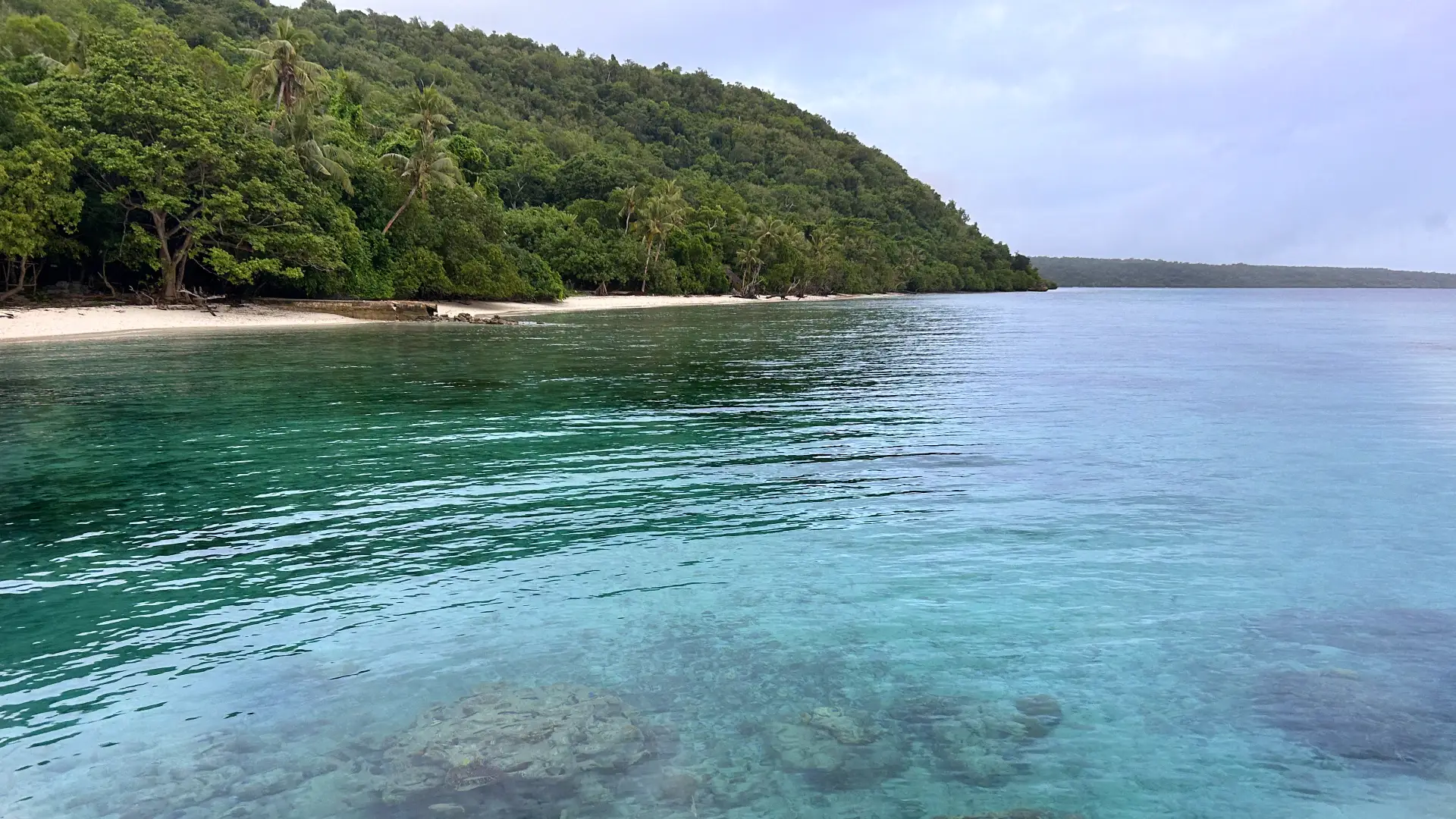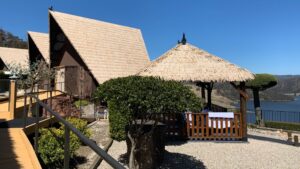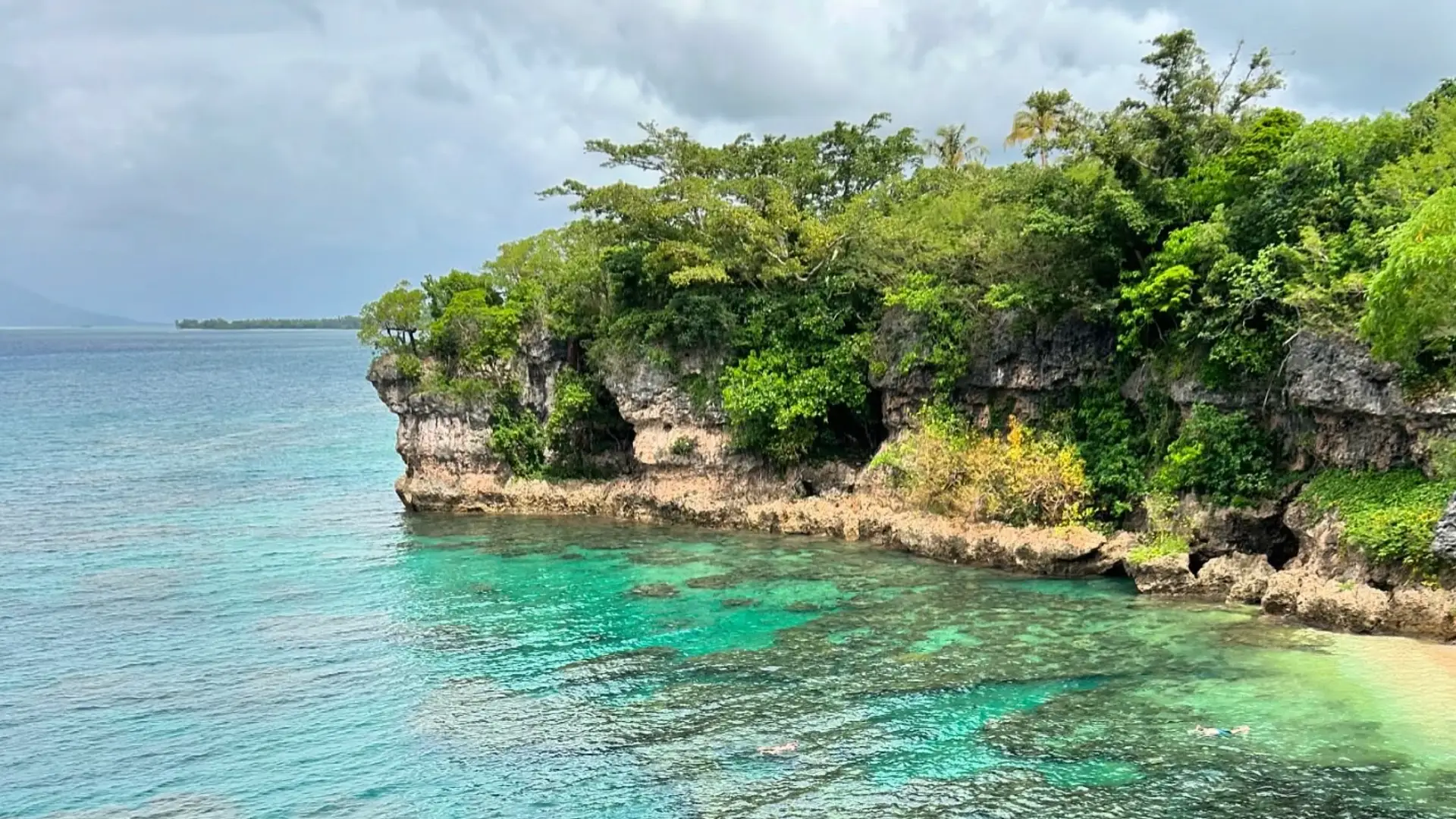How to pack in the best of the heart of Bali and still leave time to relax
At just 153 kilometres wide, Bali may seem small but it certainly packs a lot on. (And, the island’s traffic sure doesn’t make getting around quick.)
Taking advantage of the four-day Easter long weekend here in Australia, we ventured to Bali for a short getaway. Knowing there’s tonnes to do on the small island, we picked just one spot to spend our time. And that was Ubud.
Why? After months of summer in Australia, we weren’t exactly itching for a beach getaway. The laid-back pace, lush rice fields and local restaurants were just some of the draws to Ubud.
TL;DR: 3-Day Ubud, Bali Itinerary
- Where is it? Inland from the sea, Ubud is about 1.5 hours north of Denpasar Airport.
- Budgeting: Local hotels should cost $30-$50 per night, with most meals costing about $4-6.
- What to do and see: Wander through rice fields, visit the Sacred Monkey Forest and relax at a Balinese spa.
- When to go:April to October is the dry season, but July and August are the busiest periods so they’re good to avoid.
Things to do over 3 days in Ubud
We technically had five days in Bali, but three of them were spent in Ubud. (The other two were spent on a diving trip at Padang Bai and the other as a full-day touring Southern Bali with a private driver before being dropped at the airport for an evening flight.)
Here’s what we did on each day in Ubud.
1st Day
- Arrived in the early afternoon
- Lunch at Warung Gauri
- Stroll through Subak Juwuk Manis rice field (also known as Sweet Orange)
- Relax at our hotel pool
- Dinner at Warung Makan Bu Rus
2nd Day
- Unwound with Balinese massages
- Relax at our hotel pool
- Late-afternoon Subak Cooking Class
- Drinks at Sudi Mampir Warung
3rd Day
- Walked along the Campuhan Ridge Walk
- Wandered through Ubud Palace
- Lunch at Warung Ning
- Explored the Sacred Monkey Forest
- Dinner at Sun Sun Warung
Walks through rice fields
The lushest greens growing from the glass-still water make Bali’s rice terraces just a little bit magical. And the fact that you can turn down a narrow entrance between buildings in a busy city and suddenly find yourself in a tranquil rice field is, too.
Just off of Ubud’s main road, Jalan Raya Ubud, with a nondescript entrance tucked between a museum and a seafood restaurant, is the walking track to Subak Juwuk Manis (Sweet Orange) rice field. You will to walk down a questionable track for about 250 metres, but trust us. It’s worth it!
About half the walk is along a solid dirt track. It’s quite flat and even, and often used by motorbikes, too. If it’s been rainy, it can be muddy in spots, so best to wear shoes you don’t mind getting dirty or can easily be cleaned.
Where the dirt changes to a concrete track, there’s a quiet warung called Sweet Orange. It’s a lovely spot to grab a freshly blended juice or even dinner as the sun sets over the rice fields. There’s a few others along the way, but we only stopped at the one.
Other cafes and restaurants in Subak Juwuk Manis include:
There are the famous terraced rice fields as well, including Tegallalang and Jatiluwih Rice Terraces, but they aren’t in Ubud centre.
Would we go back? Yes! And in fact, we did. We went for a walk along the path on our first day and decided to go back another time to try Sweet Orange warung as we thought it would make a lovely spot to watch the sunset over the rice fields.

Balinese massages
To us, massages are the ultimate way to relax. And, when they’re as affordable as they are in destinations like Bali, we try to get as many as we can.
During this trip, we had two.
If you’re not too familiar with the Balinese style of massage, they do tend to be a bit on the softer, more relaxing side and oil is generally used. (They’re nowhere near as traumatic as a Thai massage can be for some!) Prices vary greatly too, with lower-end (in rates, not quality) massages costing around 100,000IDR (or around AU$10). This is around the price we wanted to stick to as we were holidaying on a budget.
While walking along Ubud’s main streets, it seems like every few metres you’ll come across another spa. So, we opted for one random massage parlour and another that we looked up the reviews for to ensure we were having a good one.
Where we went for Balinese massages
Our first massage was at Dana Spa on Jl. Monkey Forest, which doesn’t seem to be listed on Google Maps for this location (it’s showing a Dana Spa around the corner). It was tucked down a narrow alleyway that opened up into a courtyard of a classic Balinese compound. It was quiet and away from the hustle and bustle of the main road. Although its one of Ubud’s busiest streets, we didn’t hear any outside noice while getting our treatment.
While the massage itself was a bit more oily than we’d have liked, it was still relaxing and we felt it was worth the 100,000IDR price.
Next, we tried a massage at Juwuk Manis Massage Ubud (also 100,000IDR). Led here by favourable reviews on Google, we popped in here after dinner at Sweet Orange Warung in the rice field. When we arrived there were a few people waiting, but we had no problem getting our treatments. And that was incredibly lucky too, because it did start pouring shortly after. The rain hitting the lush foliage just outside the window made for a much more relaxed soundtrack than any spa music could offer.
Afterward, we were treated to a warm cup of cinnamon tea, which was the perfect way to finish off. Overall, we felt the better experience was at Juwuk Manis. The smaller amount of oil, sound of the rain and cup of tea after tipped it over the edge.
Would we go back? Definitely. The massage felt both relaxing and therapeutic, which is just what we’re looking for in a treatment. The setting was also lovely, being right on the edge of the rice fields, and it was quiet.
Cooking classes
Food is probably in the top three reasons why we want to travel to a place. And, lately, we just can’t go on a trip to Southeast Asia without signing up for a cooking class.
They’re relatively cheap (usually around $40-$50 per class), a fun way to spend a few hours and you get to take home a cookbook of authentic local recipes.
Where we went for our Ubud cooking class
Although there’s plenty to choose from, after shopping around online we found the well-rated Subuk Cooking Class on Klook for about $30 each, including transport from our accommodation. We’re not morning people, so we opted for the afternoon class figuring we’d turn our efforts into our dinner.
Our driver, Tata, made a quick pitstop at a local rice terrace before bringing us to the home where we’d learn how to make traditional Balinese dishes like tempeh manis, ayam bumbu Bali, mie goreng and, of course, satay with that iconic peanut sauce.
Much of the hard work is done for you, but you’re still doing enough on your own to make you feel like the final product is the fruit of your labour. While probably not for everyone, for non-chefs like us, we appreciate when a good chunk of the work is done for us.
Different from other cooking classes we’ve done in places like Thailand, Vietnam and Cambodia, Subuk had everyone just taste their dishes and then combined them all into larger portions to then serve for dinner buffet-style at the end of the class.
Would we go back? While we’d probably try a different one next time for a new experience, we certainly wouldn’t object to going again if it was the only option. If you’ve not done a cooking class in Bali before, we would recommend trying this one.

Temples and palaces
Ubud palace
We went to Ubud Palace, which was a quick 15 minute walk from where we were staying and was free to enter.
There was quite a bit of work going on within the palace as they were preparing for a royal cremation happening within the next fortnight, but we were still able to walk around some of the grounds. Unfortunately only the courtyards are open to the public, so we weren’t able to see much of the palace.
Our visit was during the day, so we weren’t treated to the traditional dance that happens here each night and can imagine it would be a lovely place for it given the backdrop of classic Balinese architecture.
Would we go back? Probably not. While we think it’s worth checking out for first-timers, especially as it’s free to enter, but we would probably skip it on our next trip to Ubud.
Other palaces in temples in Ubud
Of course, the palace isn’t the only historic site in Ubud, but it is the only one we went to on this trip as we were short on time.
You can also visit:
- Pura Taman Kemuda Saraswati (Ubud Water Palace): About 10-minutes west of the Ubud Palace along the same road. There is an entry fee here and a requirement to wear a sarong. There is a cafe with a lovely view of the ponds in front that you can probably purchase something at. for a similar price to the entry fee. (We’ve heard that the ponds are all that’s worth seeing here, but we can’t say for certain as we haven’t been ourselves.) Entry was 30,000IDR.
- Goa Gajah (Elephant Cave): While not walkable to the city centre, Goa Gajah is often included in cultural day tours in the Ubud area. With an ornately carved cave entrance, water features and even a waterfall, it is a lovely spot. (And one we visited years ago on a previous trip to Bali.) Entry was 50,000IDR.
Campuhan Ridge Walk
About 10-minutes west from Ubud Palace, along the same road, you’ll fine the entrance to the Campuhan Ridge Walk. Being avid hikers, this one was pretty high on our must-do list. But, it didn’t end up on our must-do list we’d recommend to others. The ridge walk did have some nice views along the way, but most of them were overlooking a valley to the backs of hotels. Much of the walk was alongside trees, blocking views, too.
The walk itself takes about 30-45 minutes (return) from where we started on Jl. Raya Ubud.
Would we go back? No. This is definitely a case of a scenic spot looking much nicer on social media than in real life. While we didn’t feel like it was a waste of time, it just didn’t feel quite as magical as the Subak Juwuk Manis (Sweet Orange) rice field. So, if you only have time for one, we’d stick to Sweet Orange.

Sacred Monkey Forest
An iconic attraction in Ubud, the Sacred Monkey Forest is exactly as it sounds. Tucked into a jungle valley where Jl. Monkey Forest takes a turn for the east, the 12.5 hectare conservation area is home to more than 1,2000 macaques.
Be warned though; they aren’t friendly and it’s best to keep your distance. They’re not afraid to grab food or water straight from your hands or latch onto dangling bags — or even jewellery. But if you’re careful, it’s well worth a visit. There’s also a couple of monkey-ridden temples within the forest which make for some incredible photo opportunities.
Would we go there again? Yes. It’s such a unique experience and, as animal lovers, a great opportunity to meet the local creatures.
Other places to see monkeys in in Ubud
While we didn’t have time to check it out, there is also the Sangeh Monkey Forest, just northwest of Ubud. It’s not within walking distance of town, but that’s not necessarily a bad thing. Most of the user reviews on Google Maps note that it’s both less crowded and cheaper to visit than the Sacred Monkey Forest. Sangeh costs 75,000IDR to enter while the Sacred Monkey Forest is either 80,000IDR on weekdays or 100,000IDR on weekends. But, you will need to pay to get to the one out of town.

Where to stay for 3 days in Ubud
We stayed at the quaint Nick’s Hidden Cottages on Jl Bisma. It was a small, quiet hotel a street over from the main drag.
Our goal was to stay somewhere that was housed in a classic, Balinese structure, had a nice pool to relax by and to keep it to $50 or less per night. And this place delivered.
It was located down a narrow path and accessible only by foot (but the walk wasn’t far) through a rice field. Once you arrived at reception, the accommodations were each housed in buildings with just a few rooms each and build into a hill overlooking a jungle valley. It was an incredibly peaceful stay.
Would we stay there again? Definitely. It was just what we wanted in a Balinese escape: classic architecture, lush views of the jungle and about $50 per night, including breakfast.
Choosing places to stay in Ubud
There’s probably hundreds of places to choose from to stay in Ubud, and while everyone has different tastes and budgets, here’s a few things we really liked about our stay and would recommend to you.
Staying on Jl Bisma offered the perfect combination of being close to attractions like the Sacred Monkey Forest, Ubud Palace and the main streets, but was incredibly quiet compared to Jl. Monkey Forest just one street over. We found traffic to be very heavy and Balinese people love to honk horns, so staying on a busier street would have likely come with a lot of traffic noise.
Sticking to a budget of $50 per night doesn’t mean you have to skimp on quality. Our large room came complete with a canopy bed, massive bathroom and views of the pool and jungle. It also included a plentiful breakfast for two. When we set this budget, we were spoiled for choice and you’ll have no problems finding something if you’re looking for accommodation for a similar price.
How to get to Ubud
We booked a transfer on Booking.com as we found it to be about half the price of what car services or our accommodation was offering. It cost us $18 total for the journey in a private car. (They tend to charge per car rather than per person.)
It took about 90 minutes to arrive in Ubud from the airport, as traffic in Bali is notoriously bad.




